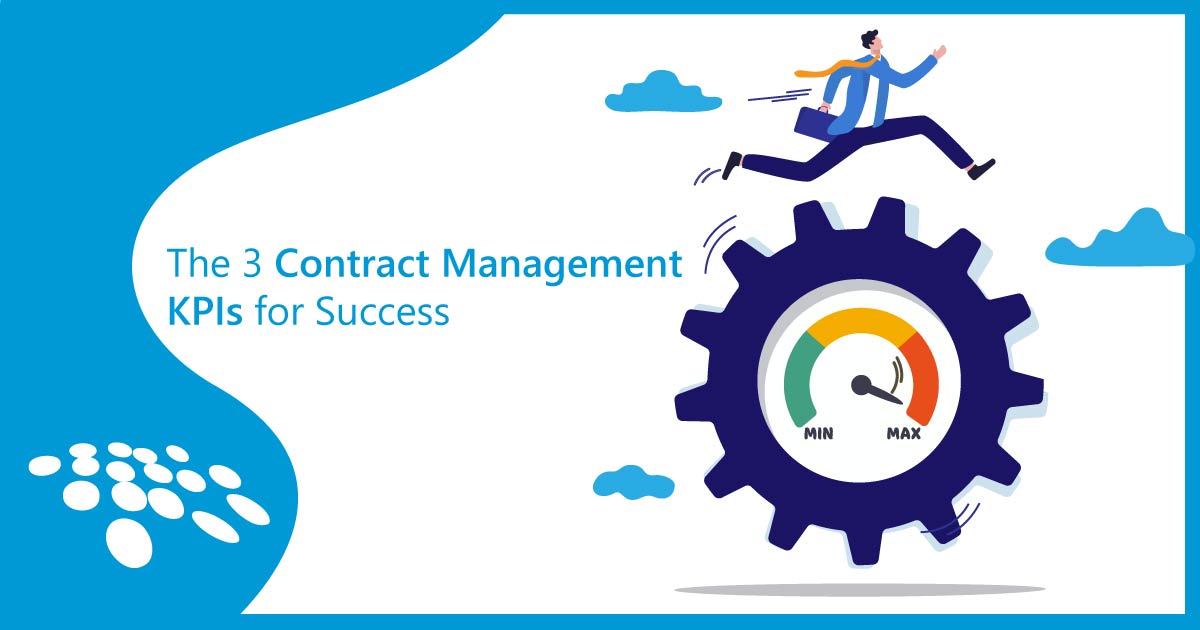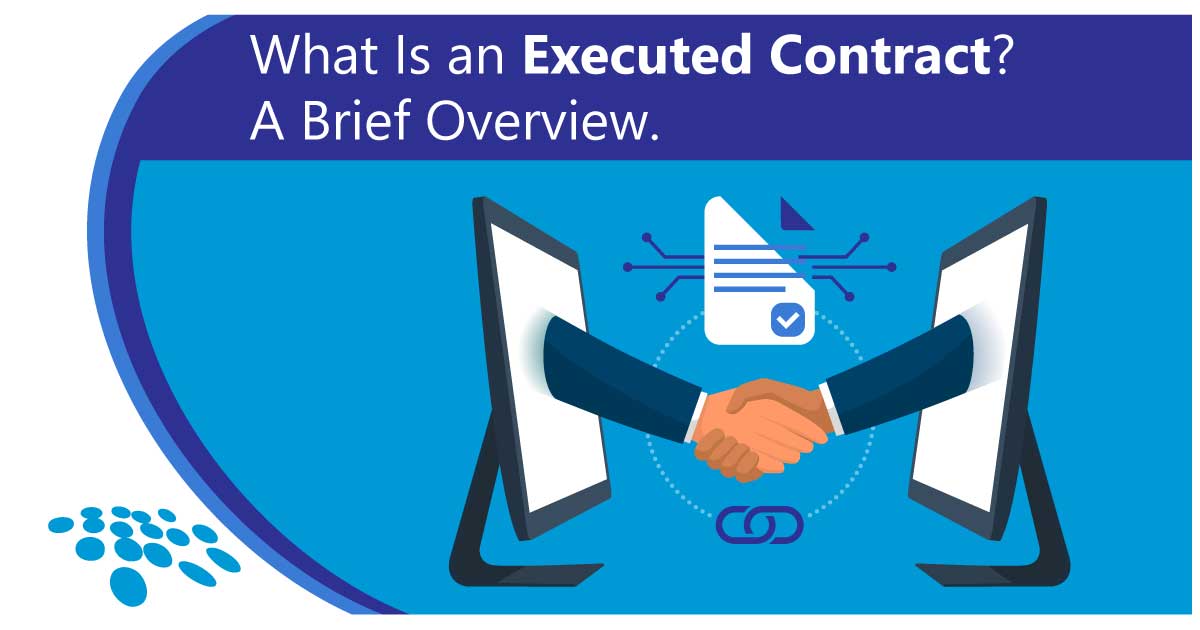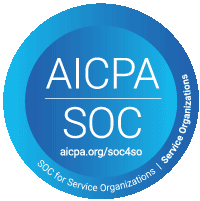Healthcare contract management relying on manual processes can reduce efficiency for healthcare contract stakeholders, decrease revenue, and increase liability. Contract lifecycle management bottlenecks can decrease the efficiency of resources, compromise contract security, and disorganize crucial data. Read on to learn how to leverage six healthcare contract management software tools for stronger contracts.
6 Healthcare Contract Management Tools for Stronger Contracts
By Joshua Hansen on 04/12/23
Taking on Healthcare Contract Management During the COVID Crisis
By Sean Heck on 11/4/20
Manual healthcare contract management processes can increase cost and liability, leak and decrease revenue, and bring about negative patient and personnel experiences. Outdated strategies can prevent a seamless contract lifecycle, compliance, the best use of time and resources, unified and secured documents, efficiently and accurately entered data, and the management of contracts of varying value and complexity. Luckily, future-minded contract lifecycle management software can help. Here’s how.
The Keys to Nursing Home Contract Management Excellence
By Sean Heck on 07/1/20
Nursing home networks face a unique set of challenges around healthcare contract management. Since they are subject to strict laws and regulations, nursing homes need to be vigilant when establishing and maintaining contracts - as to avoid litigation costs, witness depositions, and the frantic retrieval of mismanaged contracts. With disorganized or manual processes, nursing homes increase the risk of lawsuits, misplaced documents, data entry errors, contract lifecycle bottlenecks, damaged reputation, wasted time, and revenue loss. Luckily, contract management software can help nursing home networks establish a seamless contract lifecycle, remain compliant, reduce wasted time, unify and secure documents, efficiently and accurately enter data, and manage contracts with varying complexity and volume. Here’s how.
Face Healthcare’s Emerging Challenges with CLM Software
By Maria Votlucka on 01/14/20
Healthcare organizations and large health systems face ever-thinning margins and an industry-wide move away from fee-for-service contracting models to complex, value-based contracting models and reimbursement structures. Most of these organizations still take a manual approach to managing hundreds to thousands of payer contracts, provider contracts, vendor contracts, and more.


























